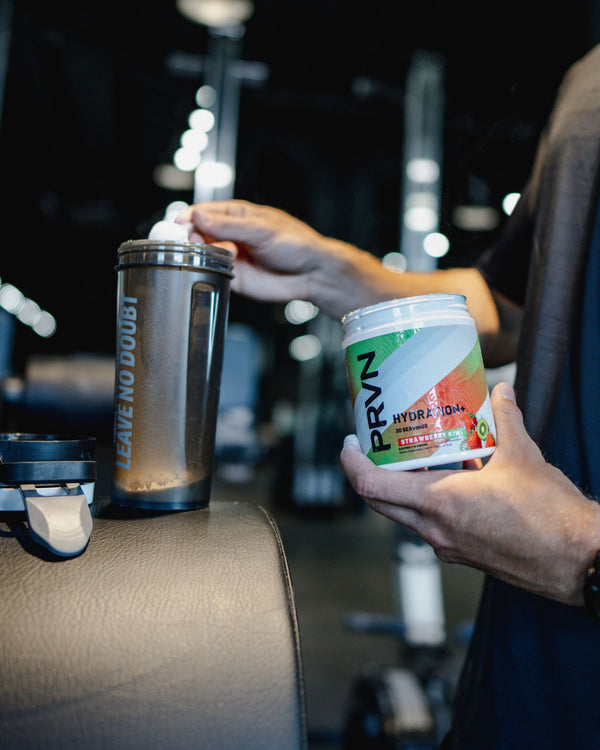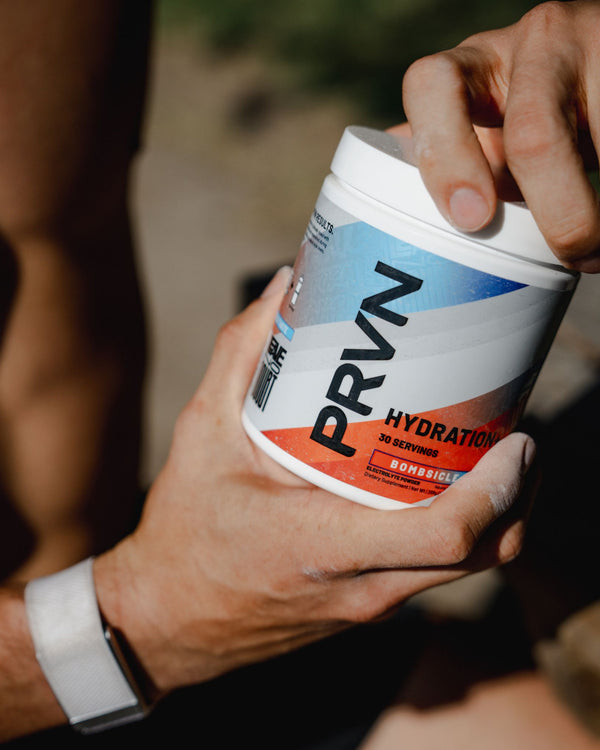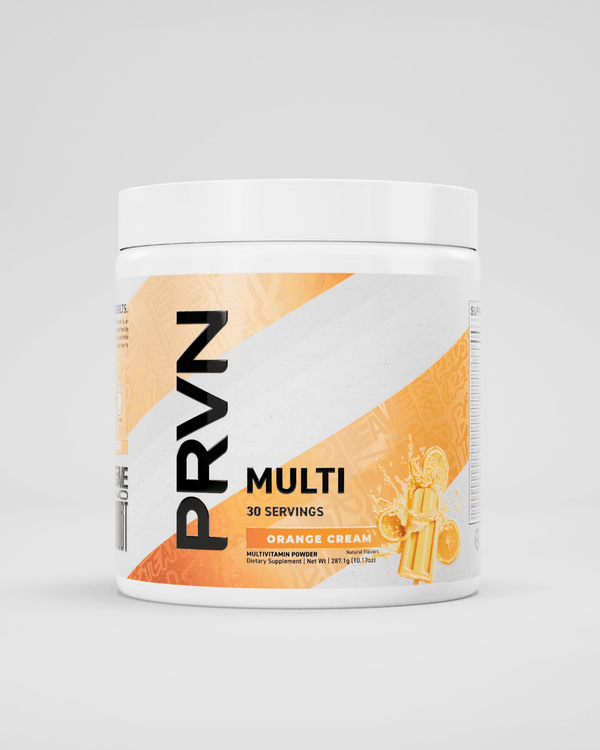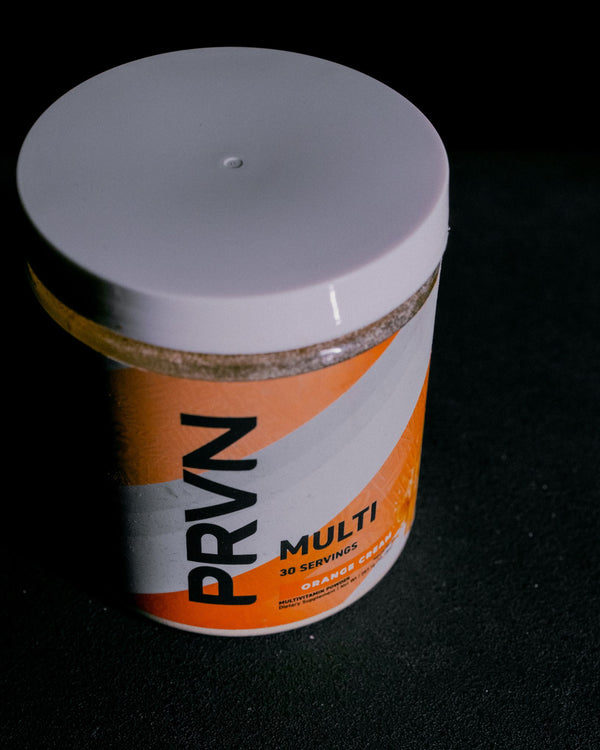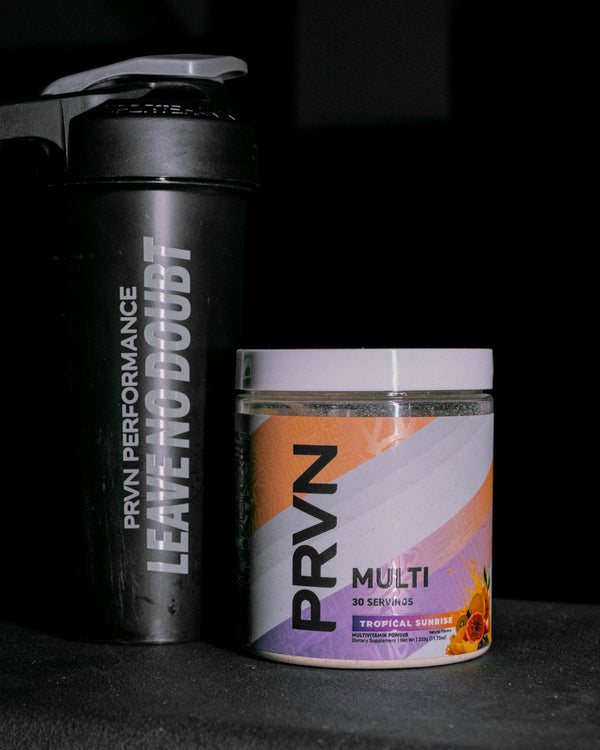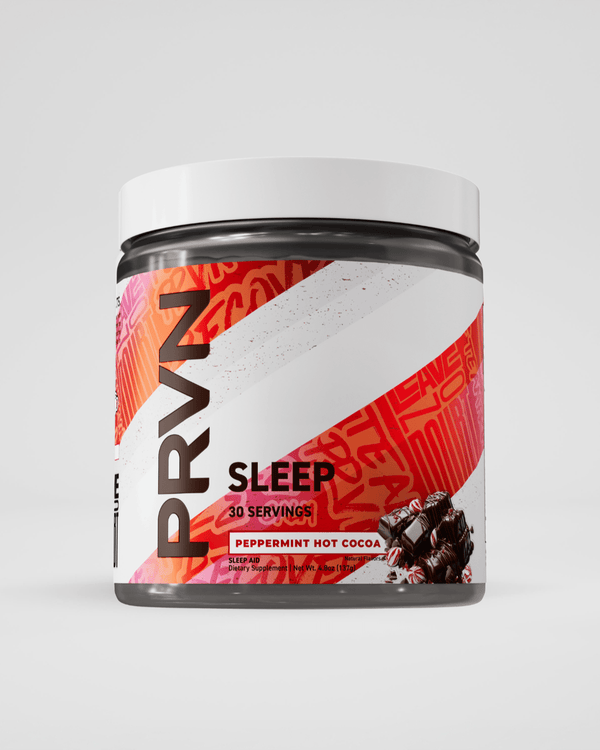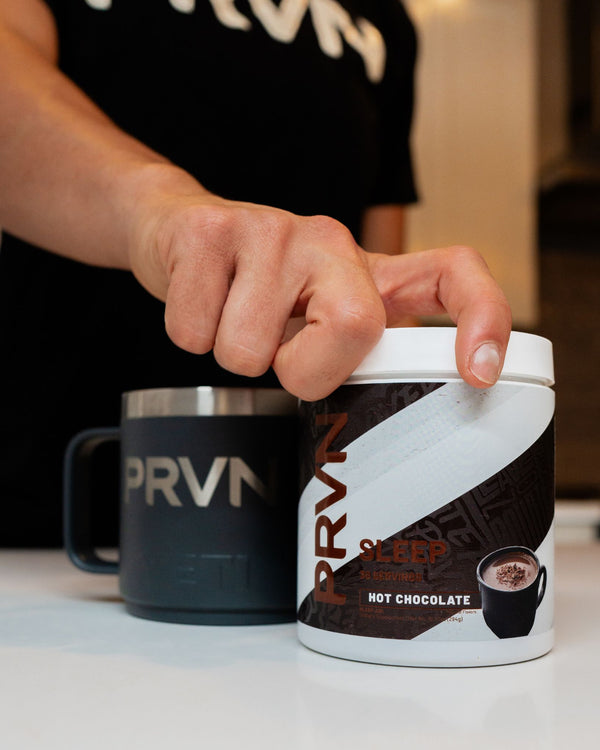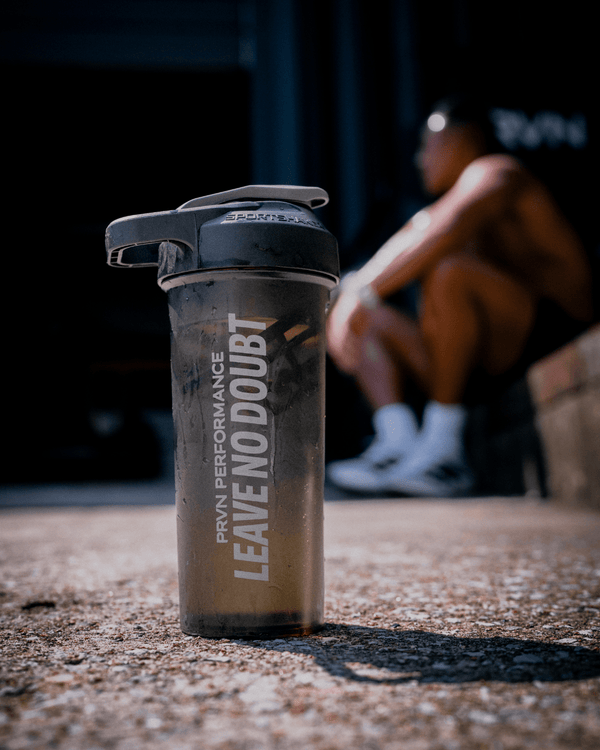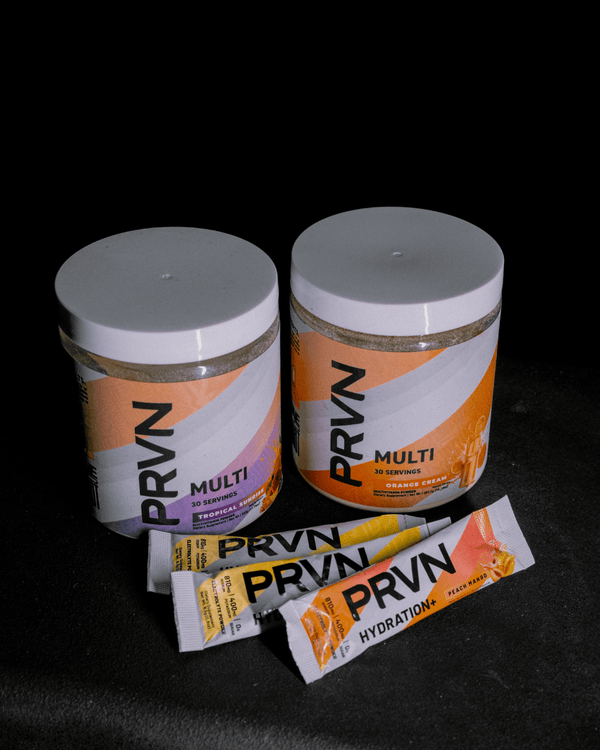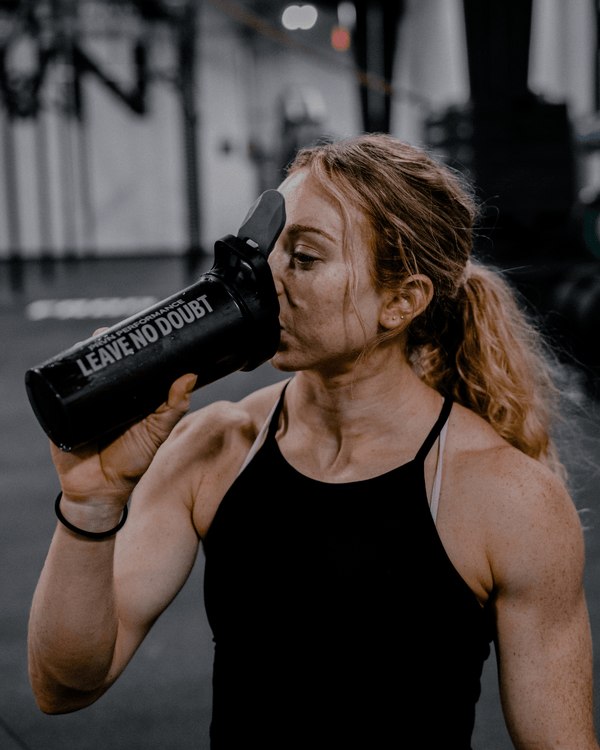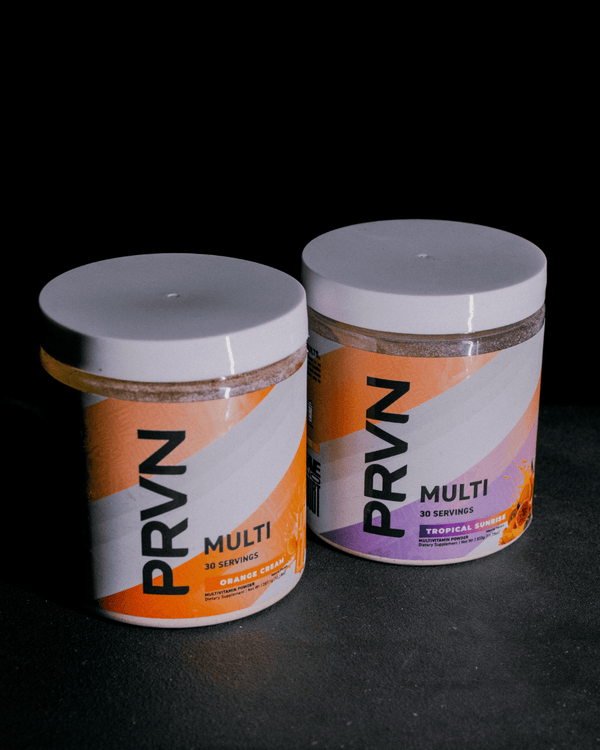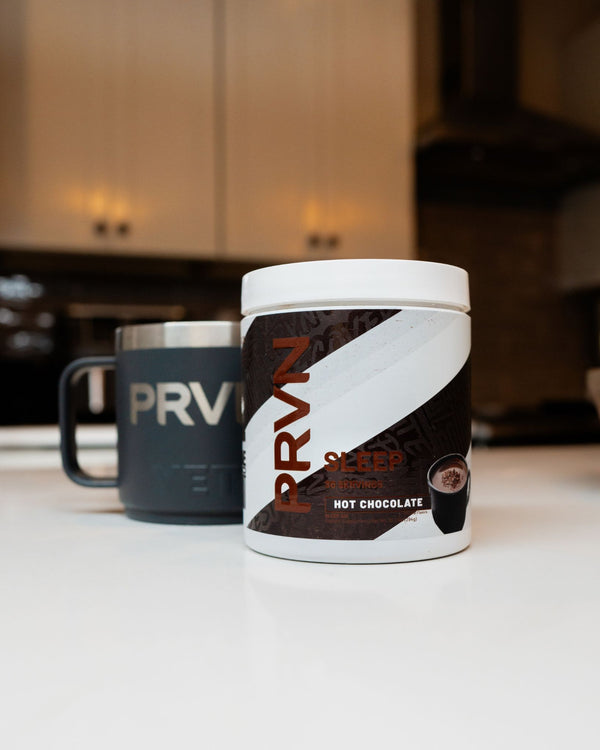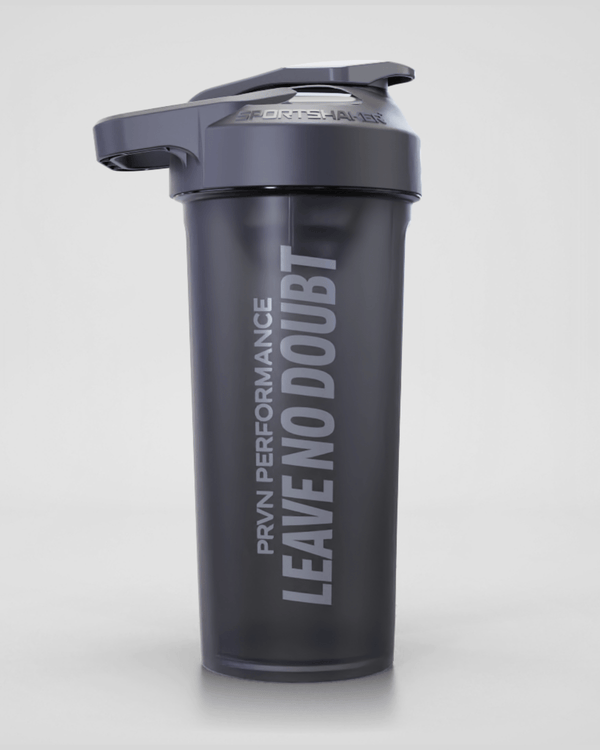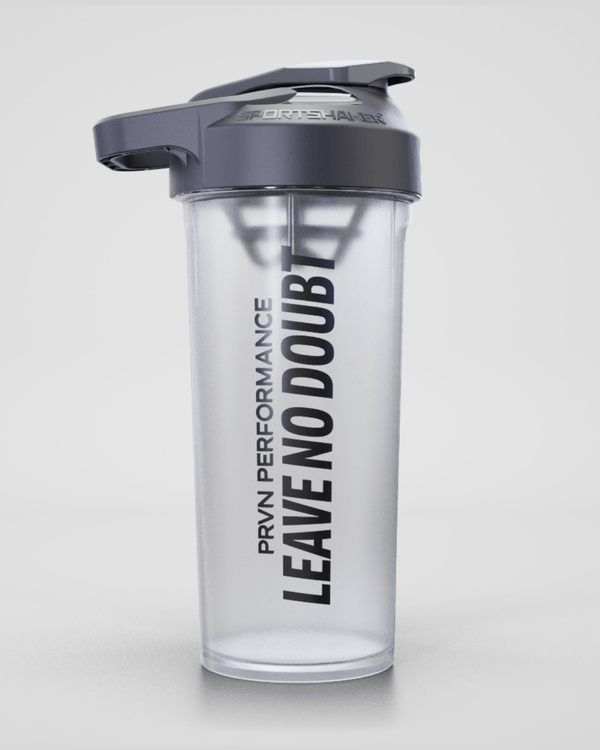The idea that smooth and continuous transitions at the expense of unbroken sets in order to make workouts fitness tests instead of unbroken rep challenges. It’s free-flowing and smooth. It’s aggressive yet smart. It is an earned and mature strategy that allows athletes to take advantage of their strengths and manage their weaknesses. It allows for a real time in the moment assessment of what the athlete has to give, not what they wish they could do.
Below, we will discuss the typical progression of an athlete, what it means to “play jazz,” movement costs, transitions, and when to properly push in a workout.
Progression of an Athlete
As athletes in our sport, we tend to see their development move across 4 different phases.
They Can do the Movement
This is step one, can you physically perform the movements that are asked of you in a workout. If so, then you can start to complete workouts as they are written. You may not be able to do a lot of them, and you may need a lot of rest, but you can do the movement.
They Can do Big Sets
This stage is when athletes train movements and get to a point where they can do big unbroken sets of a movement outside of a workout when they are fresh. This is a big part in building the stamina to be able to perform the movement without it costing us too much energy to perform each rep.
They Can do Unbroken Sets in a Workout
Here is where most athletes stall. They think just because I can do something unbroken, I should. What ends up happening is athletes will exchange a steady cyclical workout for long breaks in order to rest enough to do a set unbroken. While this seems productive in the moment, it is not the most efficient way to maneuver through a workout.
Complete Fitness
This is where the athlete spends as much time as possible getting work done in the workout. There are rest breaks, but they are fast. And there are seldom unbroken sets being completed, but there are big sets being done without going near a fail point. This free flowing style of fitness allows for the most efficient use of energy while keeping a steady march towards the finish line.
Play Jazz
When a jazz musician takes the stage, they have an idea of the rules of the song. They may know the chorus, the key, and the tempo of the song. But outside of that, they are free to improvise as they see fit and use their music as a language to express their music.
We can think about our workouts in a similar way. We have an idea what the workouts supposed to be like. We can know the stimulus, the approximate pace, and the feel of the workout. However no strategy will 100% survive contact with the enemy. So we also as athletes need to improvise. Yes, we want to go in with a plan to point us in the right direction, but when we are on the floor lined up along side the other competitors, we need to be ready to listen to our bodies and improvise along the way in order to maximize our abilities for the best performance in that moment.
Movement Cost
This may be different for each athlete depending on what their strengths and weaknesses are. But what we mean here is how costly a movement is for you to do. If you’re someone who struggles with ring muscle-ups, that's a very costly movement for you. Meaning it takes a lot of energy to complete each rep. If you’re someone who is very good at handstand push-ups, there is a low cost to you performing those movements.
So we want to identify in advance which movements have the potential to be the most costly for us and strategize around them so we are able to perform them with the lowest possible risk of failure.
The monostructural movements tend to be the least costly because you can adjust and moderate the pace the easiest while still keeping momentum going forward in the workout.
Transitions
Transitions are not rest. Transitions are moving us from one movement to the next. So we need to factor them in when analyzing a workout. Especially if it is a big competition floor and we are advancing down the floor as we go. So factor in transitions as part of the workout, not just an opportunity for a break.
When, and How to Push
A lot of times a strategy will mention pushing a certain section of the workout. But what does this mean, and when is it appropriate?
A big trap that a lot of athletes fall into is when they are in a workout where there is a movement they are good at paired with a movement they aren’t. So they push the movement they are good at thinking that it will buy them more time for the other movements following. Unfortunately fatigue doesn’t follow those rules like we want them to.
By pushing the one movement, we expend the energy we need for the weakness movement. Instead we want to set ourselves up to be as prepared as possible for the higher cost movement (weakness movement) so that we can maximize our potential there and throughout the workout. Because what tends to happen is the high cost movement compounds on itself the more fatigue builds and we lose all the time we thought we banked earlier in the workout, and then some.
With these simple tips and advice you can learn to advance to a more mature athlete on the floor so that your fitness can truly be expressed. Plus, it is always more fun to pass someone on the back half of a workout when they go out too hot.






